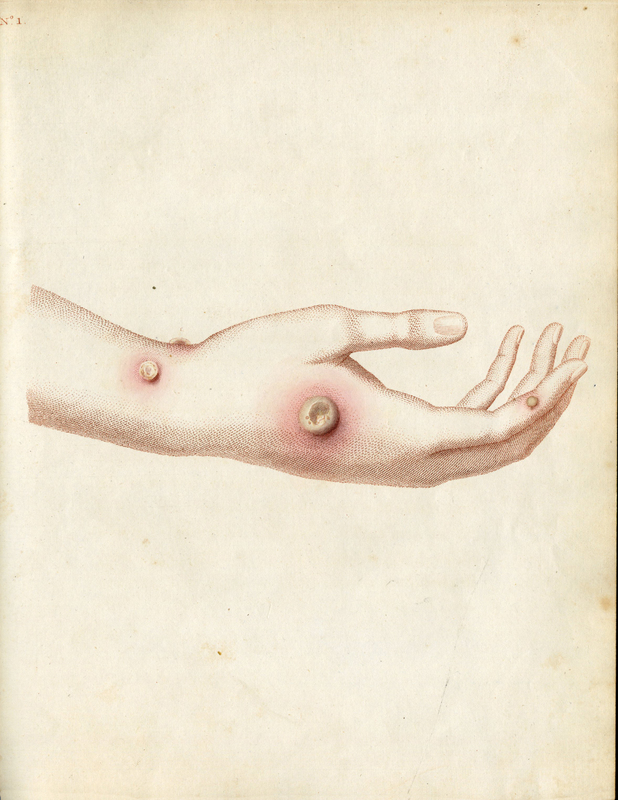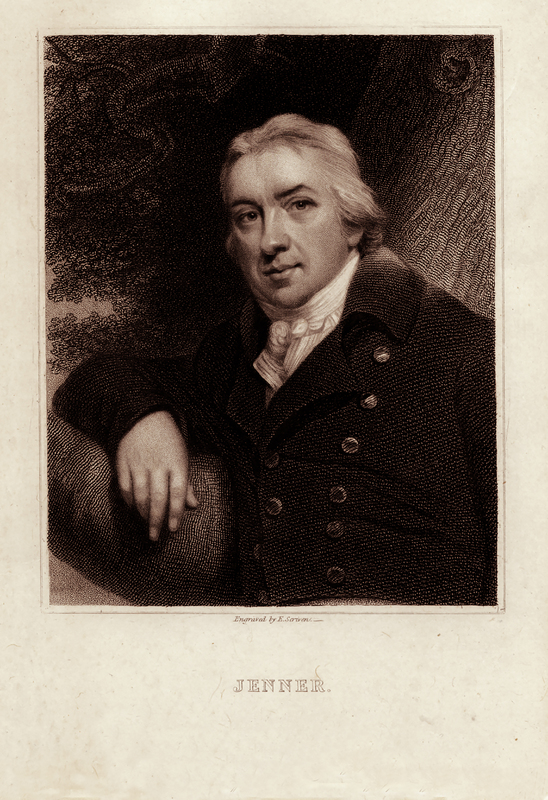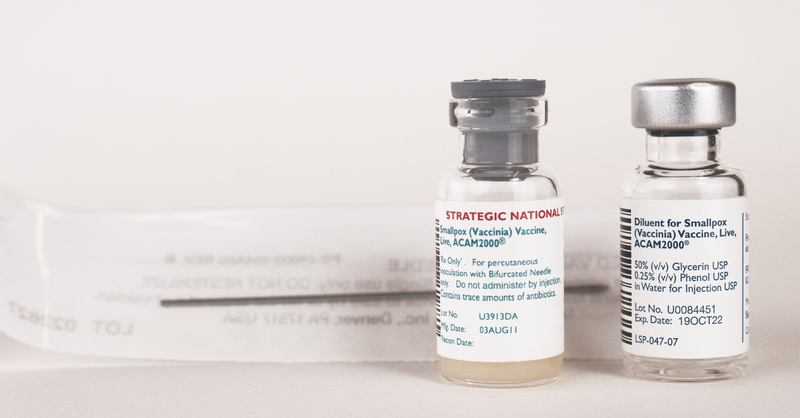Variola Virus
Smallpox is a serious infectious disease caused by the variola virus that has been around for thousands of years. It is a part of the Orthopoxvirus family and is related to mpox, cowpox, and camelpox, among others. The virus has two forms, variola minor and variola major. The more common variola major has a mortality rate of 30%, making it a CDC Category A Bioterrorism Agent alongside Ebola.






